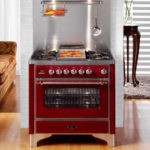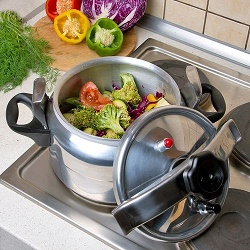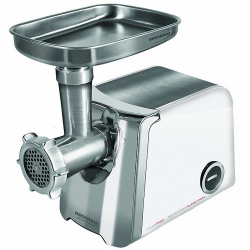Connecting the induction hob to the network
Outdated or non-working stoves change over time to modern models with enhanced functionality. Installing a stand-alone device is not difficult - just plug into the included power plug. The difficulty arises when choosing an embedded surface. Connection by user induction hob requires basic skills and knowledge. In the review we will step by step learn how to properly connect the device, and the basic requirements for power supply.
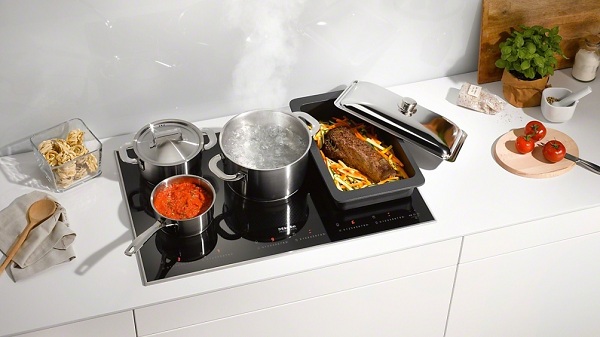
Content
Location Tips
To begin with, we are preparing a place where the induction cooking equipment will be connected - it is better to prepare an outlet in advance. For safety reasons, choose a grounding device. For the outlet, you will have to lay a separate branch from the shield and connect it to the protective circuit breaker. Copper wire is laid to it with a cable cross section of at least 4 mm². Depending on the type of outlet, the cable is chosen three-or four-core.
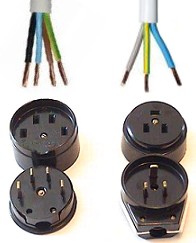
When choosing a place, consider the following points:
- install the device without distortions, on a flat surface;
- It is not recommended to place the device above the dishwasher;
- provide place for ventilation - the hob must not overheat;
- provide a small gap between contiguous vertical surfaces and the back wall of the device;
- it is recommended to place the device over the oven.

Necessary equipment and tools
To connect the electrical panel, prepare the following equipment:
- screwdriver, knife;
- connecting cable, designed for surface power (4-6 sq. mm);
- clip adapter;
- tester to check for compliance with the phase of the connection colors of the wire.
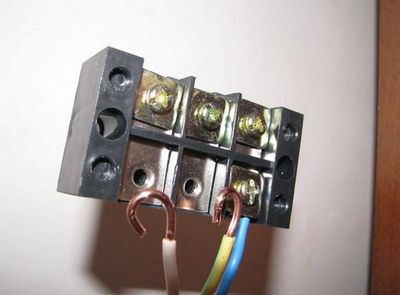
The kit includes, as a rule, a cable consisting of four main wires, denoting:
- phase (black and brown),
- zero (blue),
- ground (yellow green).
Note! The device is connected through a separate protective circuit breaker RCD, to which other household appliances are not connected.
Number of phases
The installation of all new European-made models is designed for connecting the equipment to the network with different number of phases. There are two standards in our homes: a three-phase network with 380 V and a single-phase network with 220 V. The choice of the necessary wiring depends on the wiring in the house.

The standard scheme of the hob is presented terminal groupconsisting of five items, marked for convenience by numbers, and one ground connection, which is indicated by the icon:

In electrics, the following conventions are used:
- phases are denoted as L1, L2, L3;
- zeros - N1 and N2;
- grounding with PE marking.
Having dealt with the wiring diagrams and wires, you need to read the instructions. The manufacturer’s recommendations list all the connections and detail the main installation steps. After the chosen scheme go to practice.
Connecting the unit to a single-phase network
This type of connection is used when a wire comes out of the wall, consisting of three lived. To install the panel, you must perform the following steps.
- Unscrew the metal plate on the back of the panel with a screwdriver.
- Using jumpers (they are supplied with the device) connect the terminals numbered "1", "2", "3" and connect the phase wire (brown, black or white).
- To the zeros (contacts numbered "4", "5") connect the blue wire.
- Connect the yellow-green wire to the protective terminal.
- Replace the device and tighten the screws securing the connecting cable.
- Check the strength and tightness of the connection, as well as the performance of the kitchen panel.

Before mounting any types of cooking equipment (panels Aeg, Bosch, Siemens, Electrolux, Hansa, Samsung and others), on which cable there is a plug, are first checked for compliance with the contacts and power wires inside the outlet. In some devices they differ - in this case we disassemble the outlet. We determine the connection compliance using a special multimeter. Wires, if necessary, can be swapped.
Connecting the device to a three-phase network 380 V
To install the device using a cable with five veinsIn which there are such parameters: 3 phases, protective grounding and "zero".

Install the induction cooker in the following order:
- We connect the 1st phase wire (black, white or brown) to the terminal under the number “1”, the next one under the second number, the remaining one to the “3” terminal.
- The jumper connects the terminals under the numbers "4" and "5", and to them - the neutral wire (usually blue).
- Connect the yellow-green wire to the “grounding” terminal of the marking pe.
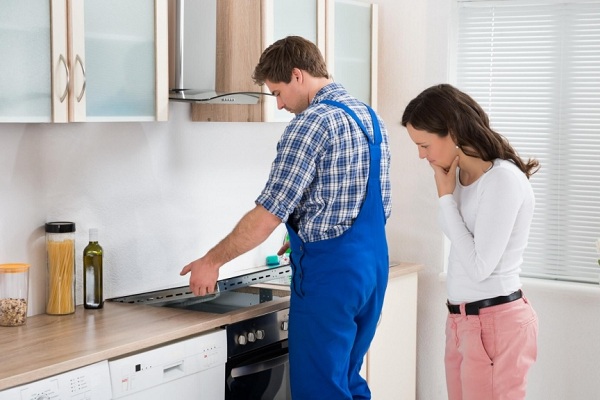
Note! The order of connecting the phase to the contacts of the device is not so significant, that is, there is no difference what color the wire the user connects first.
How to connect the plug to the cable
If the plug has four pins, when connected, they must be connected to the marked colored cable cores. However, there is another option. In that case, if the three-pin socket, the problem arises - four cores in the presence of 3 contacts. The exit is simple - we twist the black and brown wires from the phase together and connect them to the “Phase” contact.

Summing up, I would like to note that the installation of the hob is connected with electricity, so the installation will require certain skills.The safety of people depends on competent connection. If you have any doubts, it is better to entrust the connection of equipment to professional craftsmen. The same rule applies to eliminating induction plate breakage. DIY repair is possible only with the availability of relevant knowledge and experience of repair equipment

/rating_off.png)






